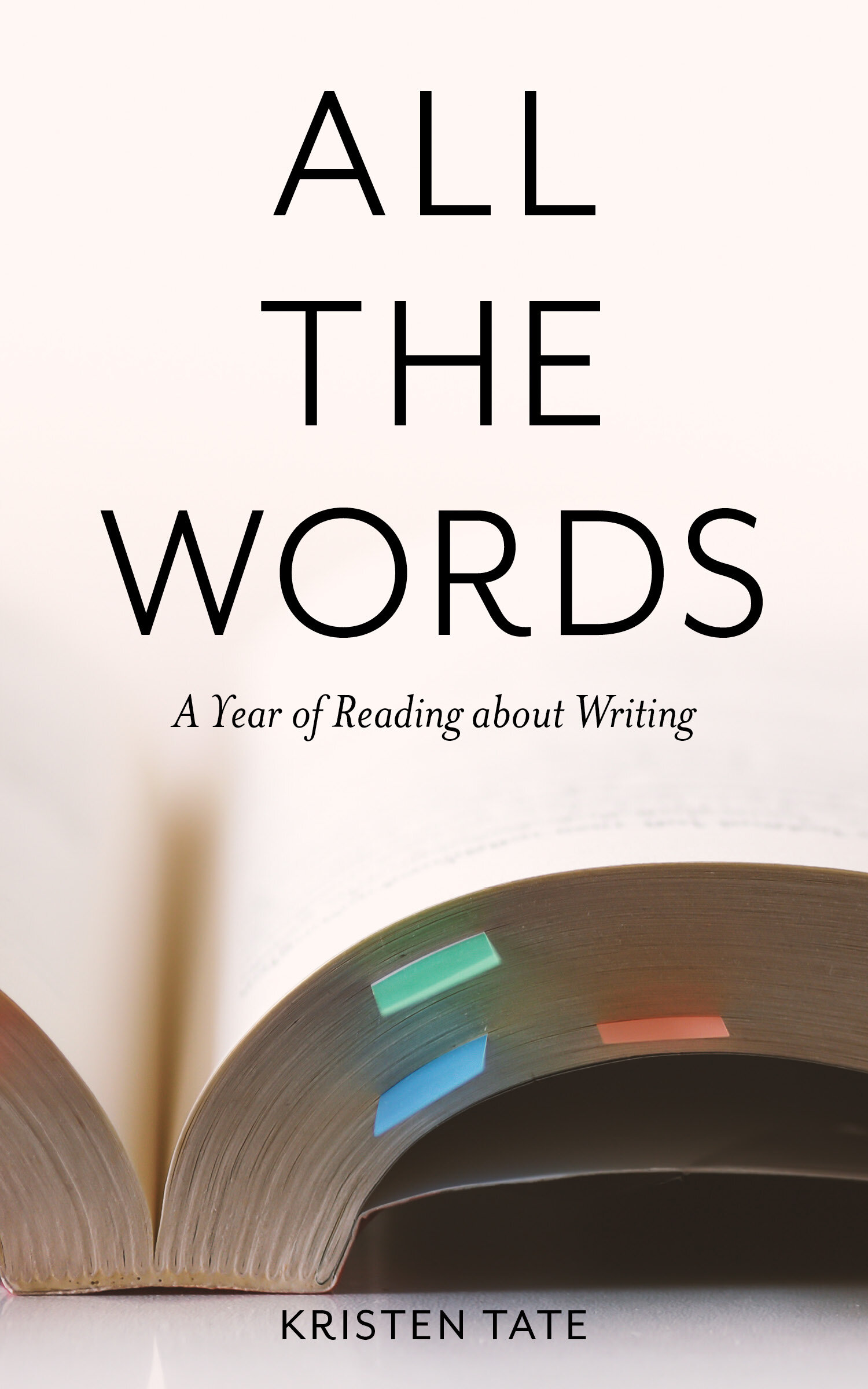Reading Like a Writer, by Francine Prose
This is part of a series of weekly reviews of writing craft books written in 2019, later revised and collected in Kristen’s book All the Words: A Year of Reading About Writing. Read the first chapter or buy the book in our Shop.
It is week thirty-three of 2019. How did the writing go this week? Are you beset by distractions, like back-to-school to-do lists and new schedules? Or recovering from or embarking on a summer vacation? The clarity and renewed vigor I always associate with September is right around the corner, so muddle through these last hazy weeks of summer as best you can. Or don’t muddle through them at all, but rather drift happily and lazily through them.
Whatever these next two weeks hold for you, Francine Prose’s Reading Like a Writer: A Guide for People Who Love Books and for Those Who Want to Write Them would make a good companion. It’s a book that will reward either sustained attention or aimless browsing. You can jump in wherever you like – perhaps starting with the particularly illuminating chapters on gesture or details – and then spin away into whatever excursion Prose inspires: maybe a quick dip into a Flannery O’Connor story or a sustained soak in Henry James’s Portrait of a Lady.
Prose’s book does exactly what the title promises. She shows you how to read closely and critically by modeling what that looks like. She quotes long passages and then takes them apart, examining the effects of the writer’s choices. As Prose describes her method: “Ask yourself what sort of information each word—each word choice—is conveying.”
Her examination of this passage from Jane Austen’s Sense and Sensibility is a good example of her method:
He was not an ill-disposed young man, unless to be rather cold hearted, and rather selfish, is to be ill-disposed: but he was, in general, well respected; for he conducted himself with propriety in the discharge of his ordinary duties. Had he married a more amiable woman, he might have been made still more respectable than he was: he might even have been made amiable himself; for he was very young when he married, and very fond of his wife. But Mrs. John Dashwood was a strong caricature of himself;—more narrow-minded and selfish.
And Prose’s analysis:
Part of what’s so delightful about the paragraph is how the narrator seems to be making such an effort to be fair and to present such a balanced view of the John Dashwoods that she begins by denying that he is “ill-disposed” but only “rather selfish and rather cold hearted”—adjectives far more damning than “ill-disposed.” How different the section would be if Austen had written, more plainly but less elegantly, that John Dashwood was cold hearted and selfish. Mostly what Mr. Dashwood has to recommend him is his respect for the propriety (as opposed, say, to generosity or largeness of spirit) with which he fulfills his basic obligations. Again, in the apparent interest of fairness, the narrator explains how Mr. Dashwood might have been more amiable “had he married a more amiable woman.” And even as we are distracted by considering the truth of the observation about how readily the faults of one spouse can rub off on the other, particularly if they marry when they are young and in love, and how it sometimes happens that one partner can come to seem like a caricature of the other, Austen zeroes in for the kill and effectively finishes off the conniving Mrs. Dashwood. Gone is all pretense of fairness: Mrs. John Dashwood is simply more narrow-minded and more selfish.
This passage appears in Prose’s chapter about character, and it is typical of her method. She eschews categories or systems or principles, preferring to start instead from examples. As she says about character: “Whatever we may think we know about the best way to create a character, literature shows us that it differs from writer to writer, sometimes from book to book.” There are no generalities or models; instead, there are possible trails to follow – but only if you choose. Prose delights in showing us that all writing rules “can be circumvented by any writer skillful enough to get away with it.”
Prose’s goal is for you, the writer, to build your own “private lessons in the art of fiction” by reading – and, crucially, rereading – the works that inspire, delight, confound, and humble you. Prose is oriented to literary fiction and to the traditional European and American canon. Your own inspirations may lie elsewhere. Whatever it is you read, Prose’s point is that you should read it closely and repeatedly. This is something that anyone who teaches fiction knows: you may believe that your tenth reading of a work will yield nothing new, and then you sit down to read and find you were wrong.
So if you are at loose ends over the next couple of weeks, follow Prose’s model: pull a favorite novel down off the shelf, read it closely, and find out what it can teach you about how to write.
Here’s to rereading, y’all,
Kristen
Check out our Resources page for more in-depth articles on writing, revising, polishing, and publishing your novel. Sign up for our weekly newsletter for fresh content, and you’ll also get our free PDF with recommended reading for writers!


